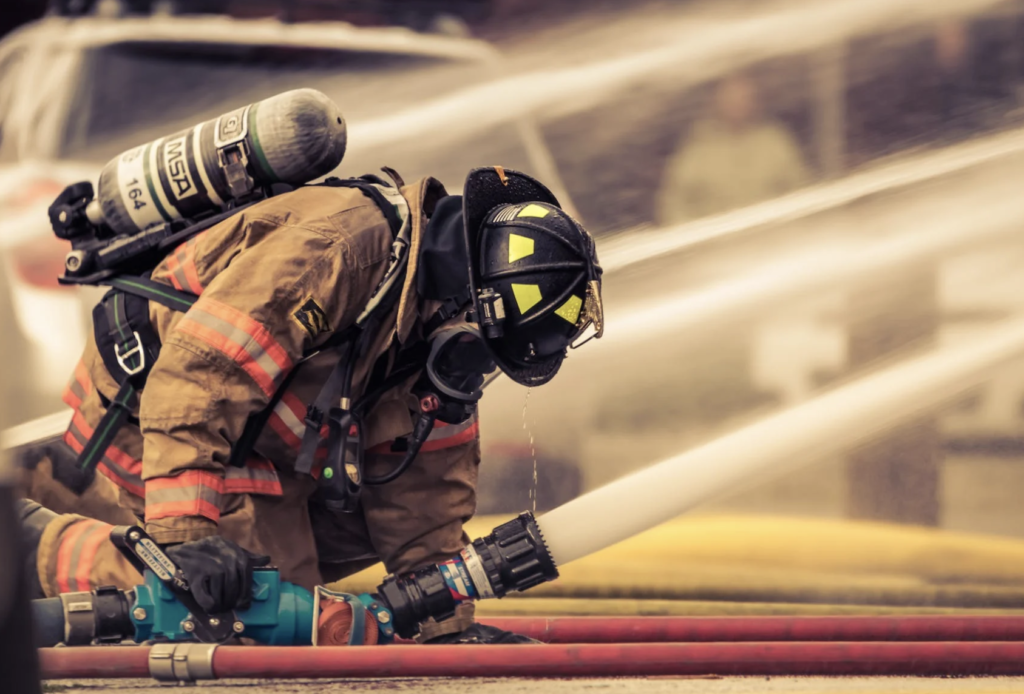
Regulators in the states of Washington, Oregon and Idaho require oil handling operators to maintain oil spill contingency plans and to participate in a drill regimen to be sure each is ready to launch an effective spill response. As the Washington State Department of Ecology states on their website:
“We require oil-handling operations — such as facilities, pipelines, large commercial vessels, and railroads — to have oil spill contingency plans that detail how they would respond to oil spills. We review the plans and test them in complex deployment and tabletop drills as part of our public service.”
Deployment and tabletop drills include what are known at Worst Case Drills (WCDs). A Worst Case Drill simulates a worst case incident that fully tests an operator’s response capability. Participating in a WCD allows oil handling operations to gain a greater understanding of the strengths and weaknesses of their oil spill contingency plans, equipment, and procedures.
Planning for significant oil and hazardous spills is conducted through a three-state (Washington, Oregon, and Idaho) Northwest Area Contingency Plan (NWACP). The NWACP provides policies and tools to ensure a rapid, effective response if an incident occurs. WCDs are scheduled in a triennial cycle, allowing time for a complete review of each WCD to determine lessons learned and develop an improvement plan for each operator. When implemented, lessons learned from WCDs improve operators’ capability to respond. This is good for everyone; the operators, the environment and the public.
In 2024, I had the opportunity to attend five WCDs held in Washington and Oregon. I participated in different roles in each WCD as needed, including;
- Public Information Officer (PIO), Assistant PIO (APIO) or Joint Information Center (JIC) Manager,
- Responsible Party (RP) PIO for initial, pre-Unified Command (UC) stakeholder communication,
- Liaison Officer (LOFR), or
- JIC support (drills are often understaffed, so it is common for each participant to fill multiple roles).
Since communicators usually attend only their own organizations’ WCDs, I’ve compiled lessons learned from the WCDs that I attended into ‘Lessons Learned’ to share with current and future PIOs and JIC participants.
I’ve included a brief ‘Improvement Plan’ for each of the lessons learned. These are suggestions for specific actions that will help ensure readiness in an actual incident. Each Improvement Plan should fit into a coffee break, unless it reveals the need for more work – no guarantees then! (But contact me if you need help!)
I’ll be posting one Lesson Learned per week over the next several weeks. Feel free to use this information to improve your own planning or response actions. I hope they help!
A quick reminder: Effective drill performance is NOT the end goal of attendance: Effective RESPONSE performance is. Don’t fixate on ‘winning’ a drill; focus on being ready for an actual event. If a review of your drill capabilities reveals shortcomings, don’t wait for the next WCD. Fix it now!
1) The approval dragon lives!
In several of the WCDs I participated in, it was difficult to gain Unified Command (UC) approval of draft content in a timely manner. This is an ongoing dynamic: Everyone agrees that stakeholder communication is critical to an effective response. People need to know what has happened and what is being done about it.
Despite this and all the pledges to support rapid stakeholder communication, getting release approval from UC remains an obstacle course. Every PIO has stories of delays in the approval process:
- Unified Command is ‘too busy’ to approve right now – come back later!
- Everyone wants to rewrite the release – and PIO ends up with multiple, often conflicting edits.
- A single edit holds up approval of the entire document- a minor change holds up a major release.
- One of the approvers isn’t available – PIO has to track them down and hope their edits don’t conflict.
- New information is available due to approval delays.
The list goes on. A PIO can begin to feel like they’re the medieval knight fighting the approval dragon to rescue the fair maiden.
Enough metaphors! Approval delays are real, and they matter. Failure to deliver information to concerned stakeholders can throw an entire response off track and severely damage the reputation of the responders – both public and private. In one of the WCDs I attended, UC didn’t approve draft content in a timely manner, for hours after the ‘incident’ occurred. As a result, an afternoon Press Briefing became the default mechanism to distribute content to the general public. To compensate for this lack of updated information from UC, inquiries received by JIC or Liaison had to be answered solely from initial and update statements that had been published by the Responsible Party (RP) before UC was formed. While this demonstrated the value of early response information provided by the RP, an effective UC approval process is critical for an effective delivery of ongoing response information to stakeholders.
Why do approval challenges persist? How much time do you have? Let’s start with one key issue: While UC sees the importance of effective stakeholder communication, it isn’t the only priority they deal with. They may not even see it as their highest priority.
Since timely stakeholder communication may not be UC’s highest priority, it must to be the PIO’s highest priority. Instituting an effective approval process is the first and highest responsibility of the PIO. Here are some suggested actions for establishing an effective approval process:
- The RP PIO, who receives the initial notification call, should immediately determine the Incident’s impact on the public. I suggest using an Incident Communication Worksheet (ICW) to determine severity, and an Incident Communications Report (ICR) to share results with Incident Command. The ICW rapidly guides the PIO in determining stakeholders’ concerns and guides creation of Key Messages/FAQs that address their concerns. The ICR prepares the information for Incident Command in an effective and concise format.
- Using information from the ICW, the PIO creates an Initial Statement (hopefully from a short and easy to use template) and important Key Messages/FAQs.
- The PIO shares both the Initial Statement, Key Messages/FAQs and the ICR with the Responsible Party Incident Commander (RPIC).
- The PIO requests immediate review and approval of Initial Statement and Key Messages/FAQs.
- Both Initial Statement and Key Messages/FAQs will serve as Holding Statements unless incident severity mandates sharing them directly with the public, in which case the PIO uses RP distribution tools to share the information.
- Note: This process of creating and sharing pre-UC content with agency responders is included in the Northwest Area Contingency Plan JIC Manual.
These actions ensure that the first voice of the response to stakeholders is from the RP and codifies a review and approval process built on accurate Incident Command understanding of the priority of stakeholder communication.
To carry this understanding over to Unified Command, the RP PIO shares the ICR at initial Command meetings, either the Incident Briefing, initial UC meeting or Incident Objectives Meeting. The RPIC should ensure that the PIO is given time to share the ICR at the earliest meeting possible. After presentation of the ICR, the RPIC should request immediate review of any additional draft content.
Improvement Plan: What we can do to be sure of a timely approval process
- Meet with your organization’s designated Incident Commander and walk them through your incident assessment tools.
- Review the content creation process. Review the statement templates that will be used to create initial draft content.
- Help them understand the value of information you will bring to them for approval, and the urgency of an efficient approval process.
Need help? Have questions or comments? Please contact me. I can help!



